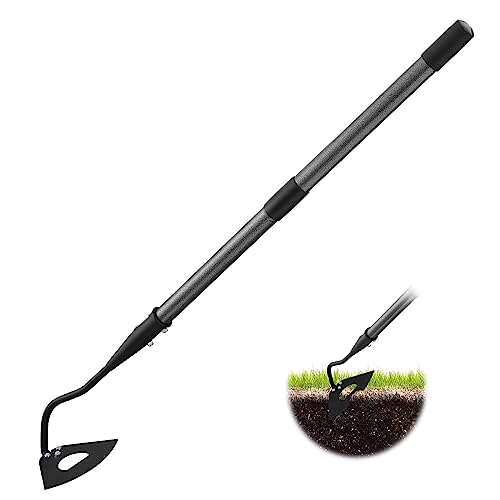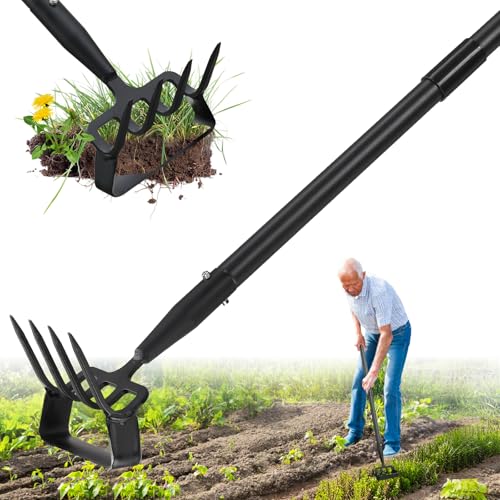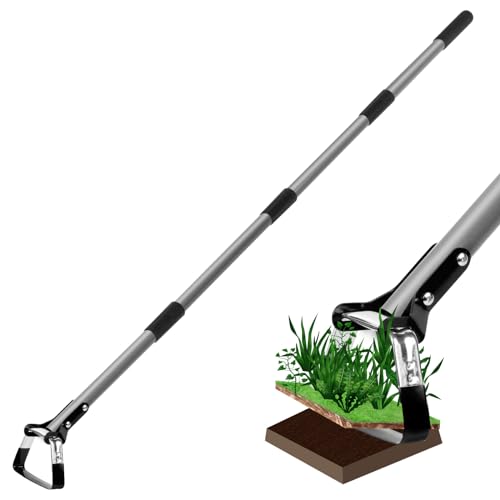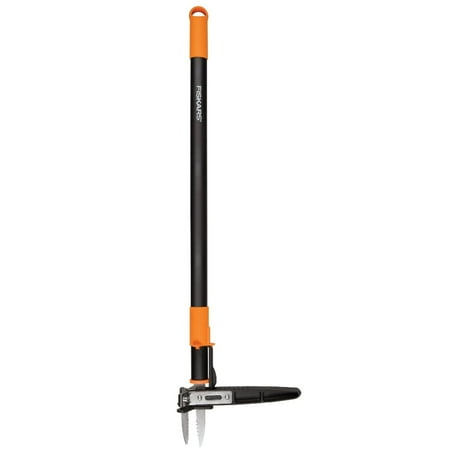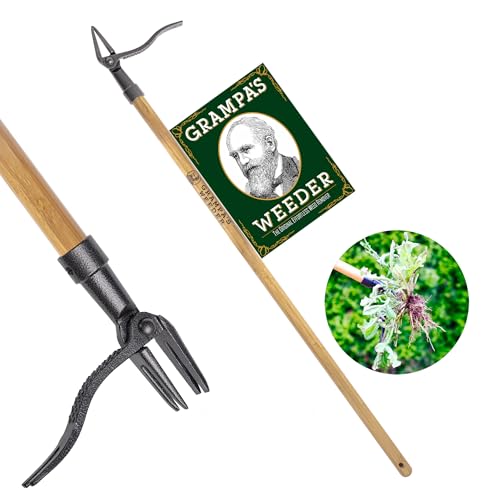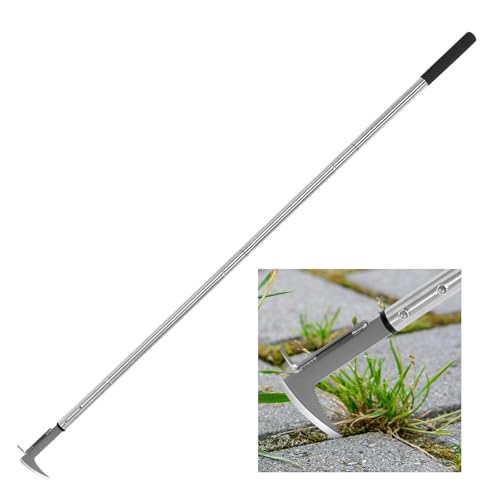I'm a tall gardener and a long handled hoe is the one weeding essential I can't get through October without – it prevents pain so I can garden in comfort for longer
Here's why long handled hoes are perfect for taller gardeners like me, or those with back or joint issues
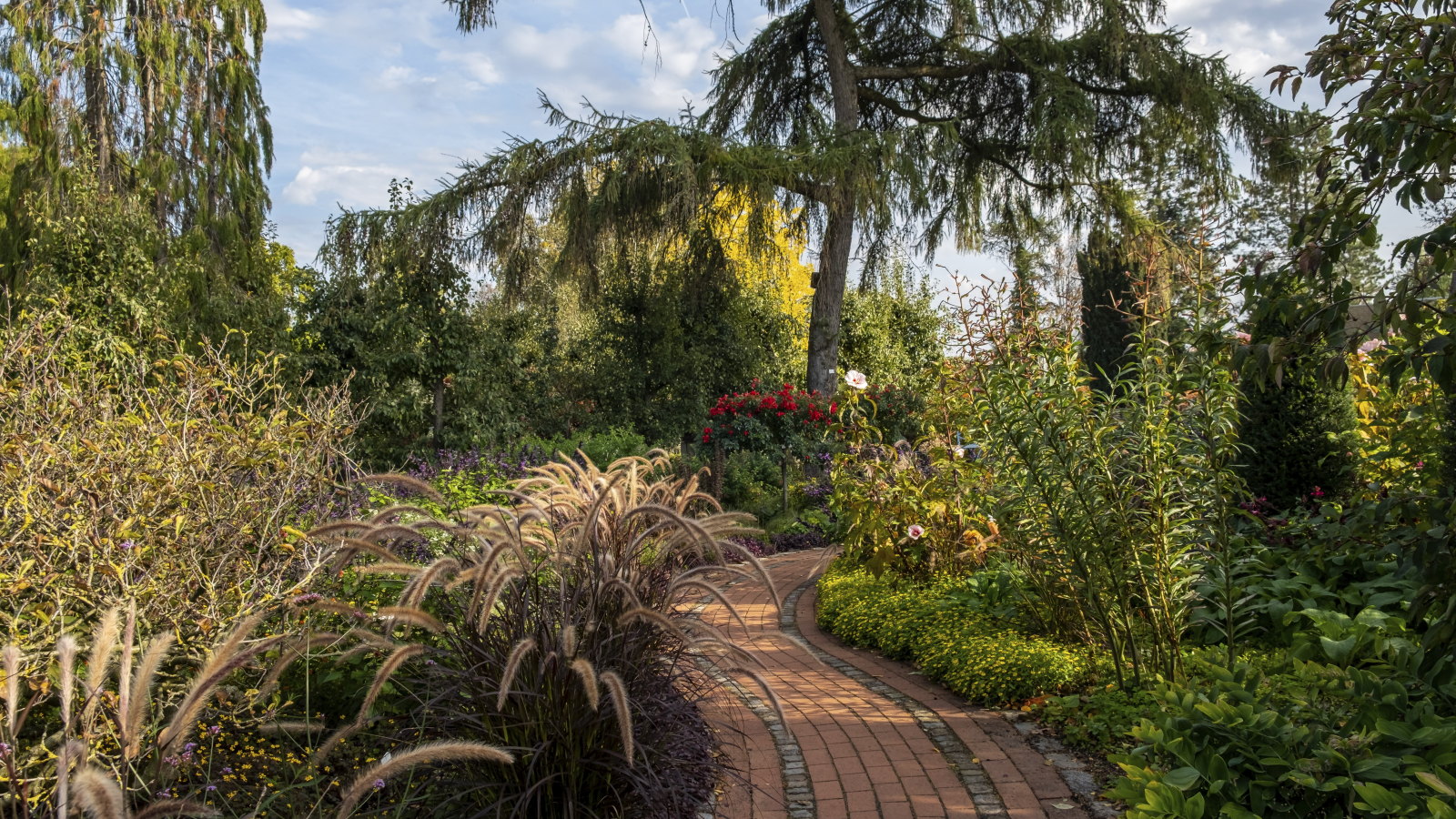
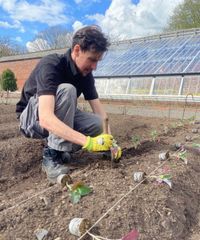
Gardening can take a physical toll on you, and as a tall gardener, I have always found myself bending over when weeding. I have felt this strain on my back many times over the years, which is why I have found a long handle hoe to be an indispensable tool for clearing weeds.
I would spend many hours during the day using a garden hoe while working as a professional gardener for large parts of the season. Whether it was in the formal garden beds or the vegetable garden, a garden hoe was the go-to essential gardening tool for efficient weeding.
Many of them are not suitable for all gardeners, though. It means taller people, or those with back or joint issues, struggle to use a standard hoe for long periods of time. That is where a long handle hoe comes in handy, as you can stand upright, and it reduces the need for lots of bending.
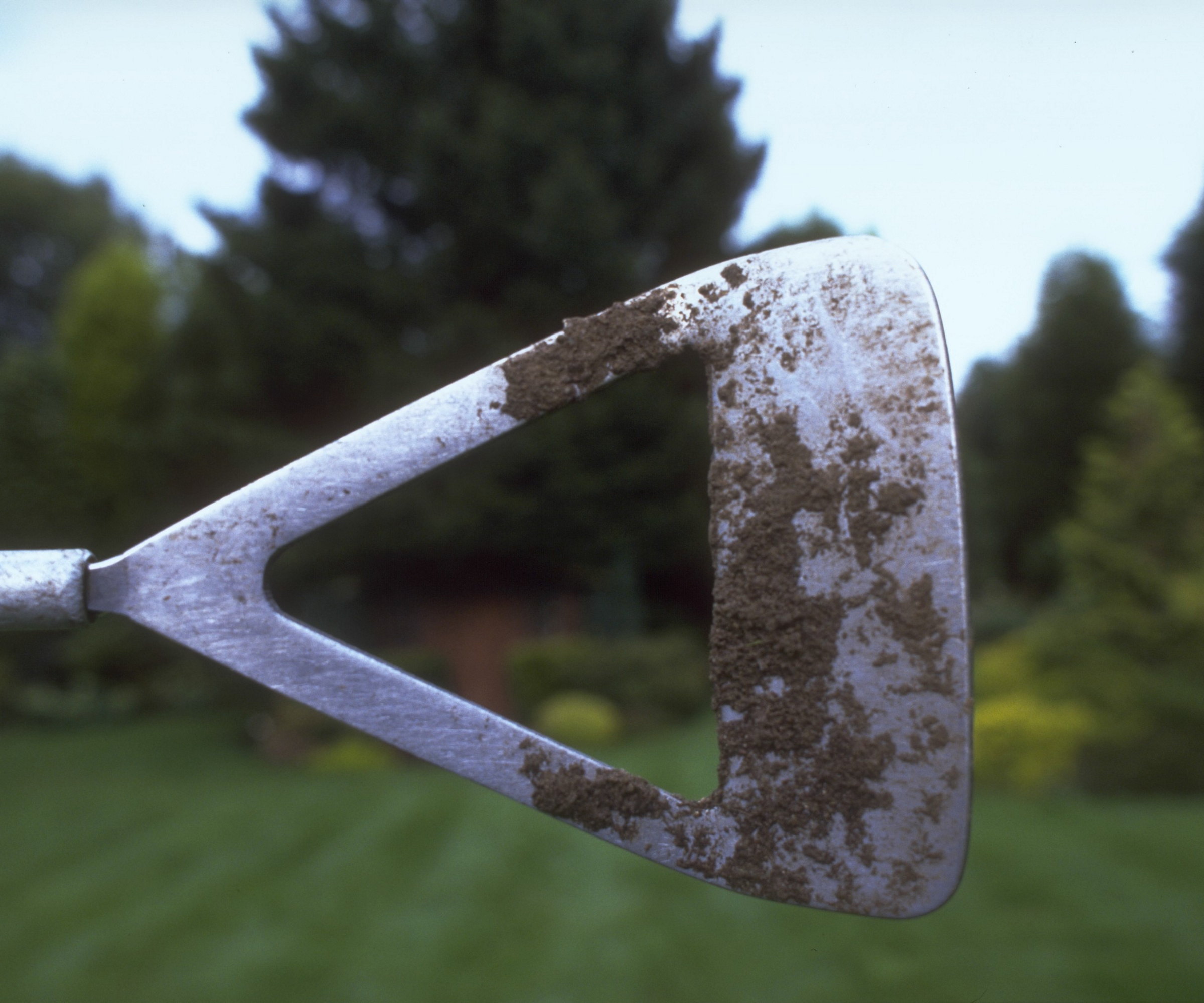
The benefits of a long-handled hoe - why I love it
A long handle hoe tends to be between five and six feet. The longer handle allows you to weed beds while standing upright. It encourages a more natural posture, reducing the need for excessive bending over weeding for extended periods.
I am six feet two inches tall, above average height and taller than many people, but not a standout height. However, I struggled with many hoes and found that a long handle hoe helped alleviate back issues.
I would often feel pain and discomfort in my lower back when hoeing flower beds for longer than 20 or 30 minutes. As I would regularly spend many hours out hoeing, especially when I worked at a garden with a large and historic formal garden parterre that required meticulous weeding, discomfort was a regular thing when I used 'standard' hoes.
It changed when I started using a long handle hoe, meaning I could work without pain for longer. As a hoe has also always been my go-to weeding tool to keep my vegetable gardens weed-free, having a weeder that allowed me to experience less discomfort and fatigue meant I could spend more time combating weeds at a time.
Design expertise in your inbox – from inspiring decorating ideas and beautiful celebrity homes to practical gardening advice and shopping round-ups.
Another advantage of a long handle hoe is its reach, particularly beneficial if you have small flower borders or kitchen garden beds, or you garden in raised beds.
The extra reach courtesy of a long handle means you can weed throughout the beds without having to step onto them. This eliminates compaction from stepping on the bed and retains the soil structure.
A hoe is a great type of weeder for late spring and throughout the summer, but I also regularly use it in the fall. It is a crucial part of October gardening, as you can use a long-handled hoe for many jobs on your fall gardening checklist.
The tool comes to the fore for removing annuals, cutting back weeds before they seed around the garden, and preparing the soil to plant vegetables in October, such as garlic and onions.
Weeding in the fall, especially clearing weeds to stop them from seeding, makes a big difference, and it is better to deal with them now than wait until spring. The comfort that comes from a long handle hoe means you can spend more time getting these key tasks done.
It is versatile, too, as you can use it to mix organic matter into the soil to boost nutrients and gather debris to use to make compost.
Shop long handle hoes
How to pick a long-handled hoe
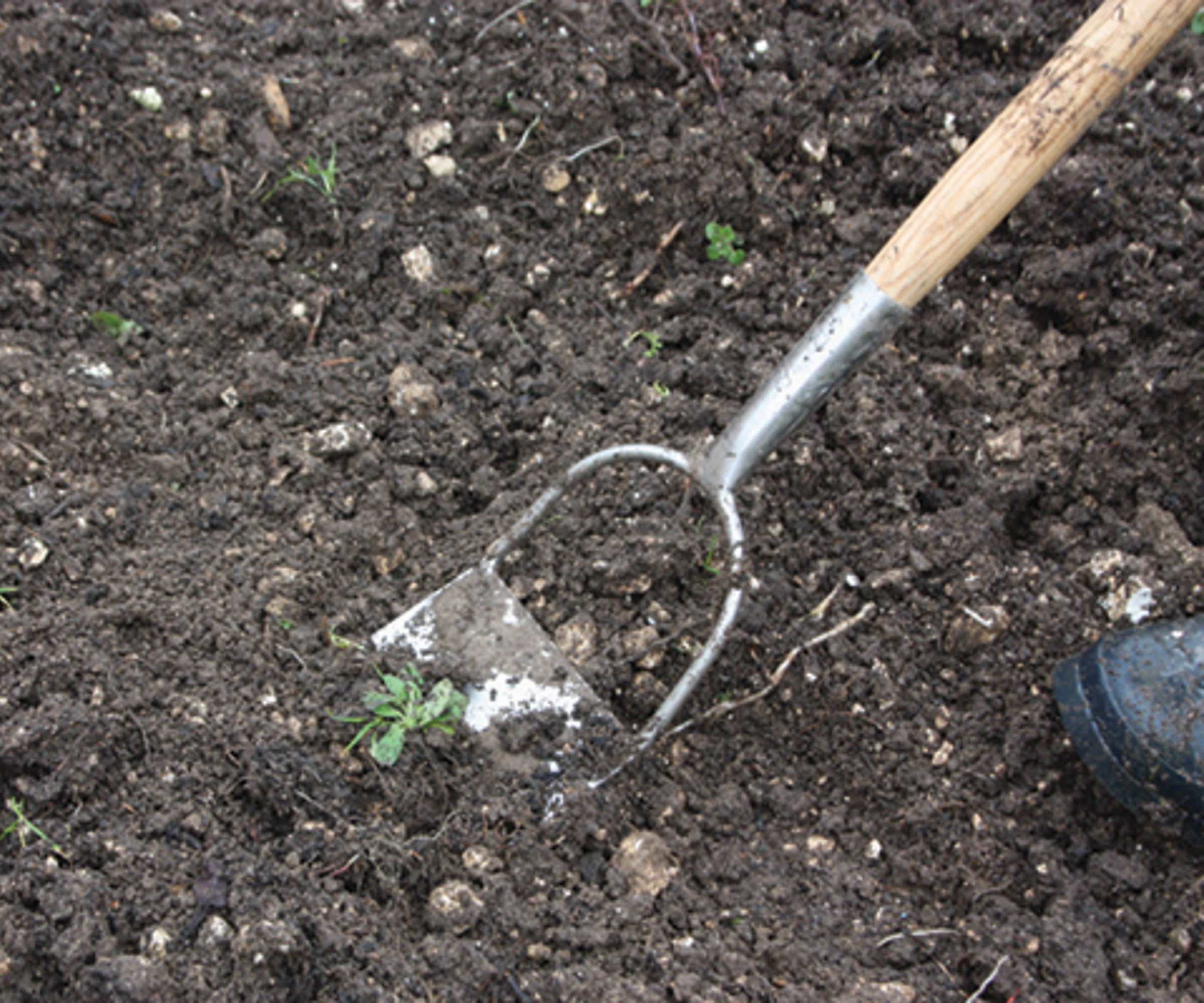
If you want to get a long handle hoe, there are a few choices available – so make sure to get the right tool for you.
The most important factor is to find the right height that suits you. Picking too short a hoe causes you to bend over (which can mean discomfort or pain), while it will be awkward to use if the tool is too long. So, how can you ensure you pick a long handle hoe that is right for you?
The handle should be long enough to weed while standing up, rather than having to bend over.
The top of the handle should be at armpit height when upright, and when you hold it as if to use, the end of the handle should be around belly button height. A gardener around six feet tall may pick a long handle hoe at least 60 inches (five feet) tall, while anyone taller than me may require one 66 inches (five and a half feet).
Garden hoes come with different heads, and their varying shapes make them suitable for certain jobs.
A Dutch hoe is a common choice. It has a flat blade that you push and pull just under the surface to quickly chop the roots. A draw hoe, on the other hand, has a flat, rectangular blade at 90 degrees to the handle to use for chopping roots, making furrows or breaking ground.
Personally, I like a stirrup or oscillating hoe. These types of hoes have a thin double-edged looped blade that you can use back and forth to cut weeds at the roots.
When you pick a long handle hoe, choose one that fits the jobs you will use it for. Then you can choose between different materials (wood, aluminum, or fiberglass) and blades (stainless steel or carbon).
Wooden handles may feel sturdier and warmer, but can be heavier and need oiling, unlike lighter fibreglass or aluminum ones. In terms of blades, carbon blades are easier to sharpen but rust faster than steel.
Shop other long handled weeder tools
FAQs
Is a garden hoe supposed to be sharp?
Keeping the edge of a garden hoe sharp makes it easier to use and cut through the soil and the roots of weeds. Whatever job you are using the hoe for, it will be much easier if it is sharp. You can sharpen a hoe with a flat file by pushing it over the outer edge of a blade at a consistent angle.
To preserve the lifespan of any hoe or other gardening tools, proper maintenance is essential – look after garden tools well and they will last longer.
A good maintenance regime starts with cleaning the tool and removing any soil after each use, and keeping the blade sharp. It is also beneficial to clean, sharpen, and oil them before you store garden tools for winter. Any wooden handles also require wiping with linseed oil, available at Amazon.
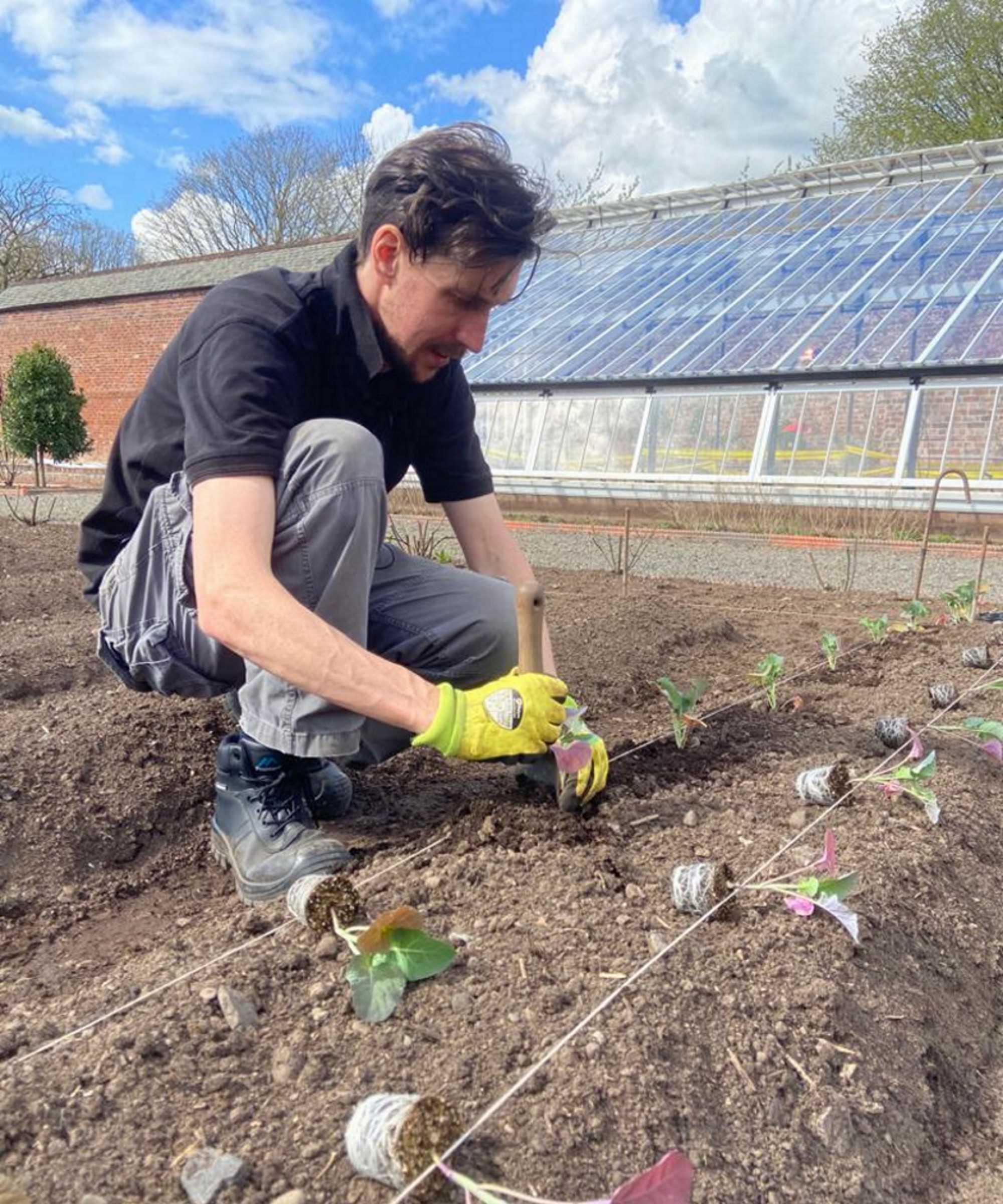
Drew has worked as a writer since 2008 and was also a professional gardener for many years. As a trained horticulturist, he worked in prestigious historic gardens, including Hanbury Hall and the world-famous Hidcote Manor Garden. He also spent time as a specialist kitchen gardener at Soho Farmhouse and Netherby Hall, where he grew vegetables, fruit, herbs, and cut flowers for restaurants. Drew has written for numerous print and online publications and is an allotment holder and garden blogger. He is shortlisted for the Digital Gardening Writer of the Year at the 2025 Garden Media Guild Awards.
You must confirm your public display name before commenting
Please logout and then login again, you will then be prompted to enter your display name.
